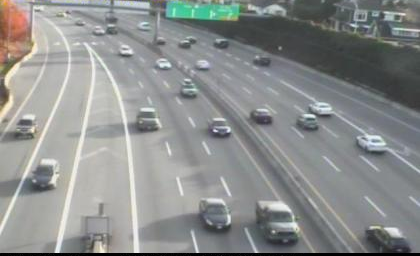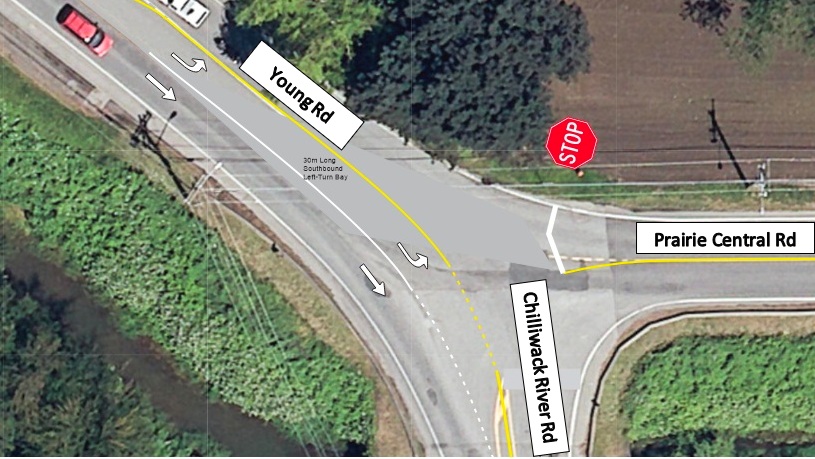
The sun is shining, the traffic is light and I’m actually enjoying my drive on the Inland Island Highway (technically speaking, it’s a freeway) headed to Qualicum Beach. The only vehicle nearby is a car that is slowly overtaking me on the left. Not a problem as I’m travelling slightly under the 120 km/h speed limit.
Why, oh why, when there are literally kilometers of unused pavement in sight, does the driver of this vehicle have to make a lane change to the right putting their vehicle within about 3 vehicle lengths of my front bumper?
Didn’t anyone ever teach them that you should see at least the entire front end of the vehicle you have just passed in your center rear view mirror before you move back in front of it?
A driver who is driving a vehicle on a laned roadway must not drive it from one lane to another when a broken line only exists between the lanes, unless the driver has ascertained that movement can be made with safety and will in no way affect the travel of another vehicle,
It seems entirely logical to me that if you allow yourself at least 2 seconds of following distance behind the vehicle in front of you in order to be safe, you must also leave at least 2 seconds of following distance behind you when you change lanes.
This driver must have decided that they liked the speed that I was driving at because after they moved over, they matched my speed.
Great, now I have to drop back to maintain safe following distance. At times like this I wonder why they didn’t choose to make that lane change behind me?
I was lucky to receive 3 blinks of the right signal to tell me what the driver had done. One as they started to move, one as they crossed over the line and one when they were in front of me.
A driver who is driving a vehicle on a laned roadway must not drive it from one lane to another without first signalling his or her intention to do so by hand and arm or approved mechanical device in the manner prescribed by sections 171 and 172.
Signals are meant to be an advance warning. You use them to tell other drivers what you intend to do well before you do it. That means your action will not occur as a surprise and other drivers will have time to consider and perhaps even help you complete your move safely.
Oddly, there is no qualifier in the Motor Vehicle Act for a lane change signal the way that there is for a signal being made prior to turning:
If a signal of intention to turn right or left is required, a driver must give it continuously for sufficient distance before making the turn to warn traffic.
I can understand that making a lane change is more difficult when traffic is heavy. This is where anticipation and signal lights are the answer, especially if you are already familiar with the area that you are driving in.
Know where you have to start moving over and use your signals to ask other drivers politely for room to move over. It may mean having to spend a few more seconds in the “slow lane,” but it is far safer and less frustrating for everyone if you don’t just jam your vehicle in at the last possible second.
Story URL: http://www.drivesmartbc.ca/lanes/lost-art-making-lane-change
Constable Tim Schewe (Retired)
DriveSmartBC: Where better than average drivers satisfy their curiosity.






